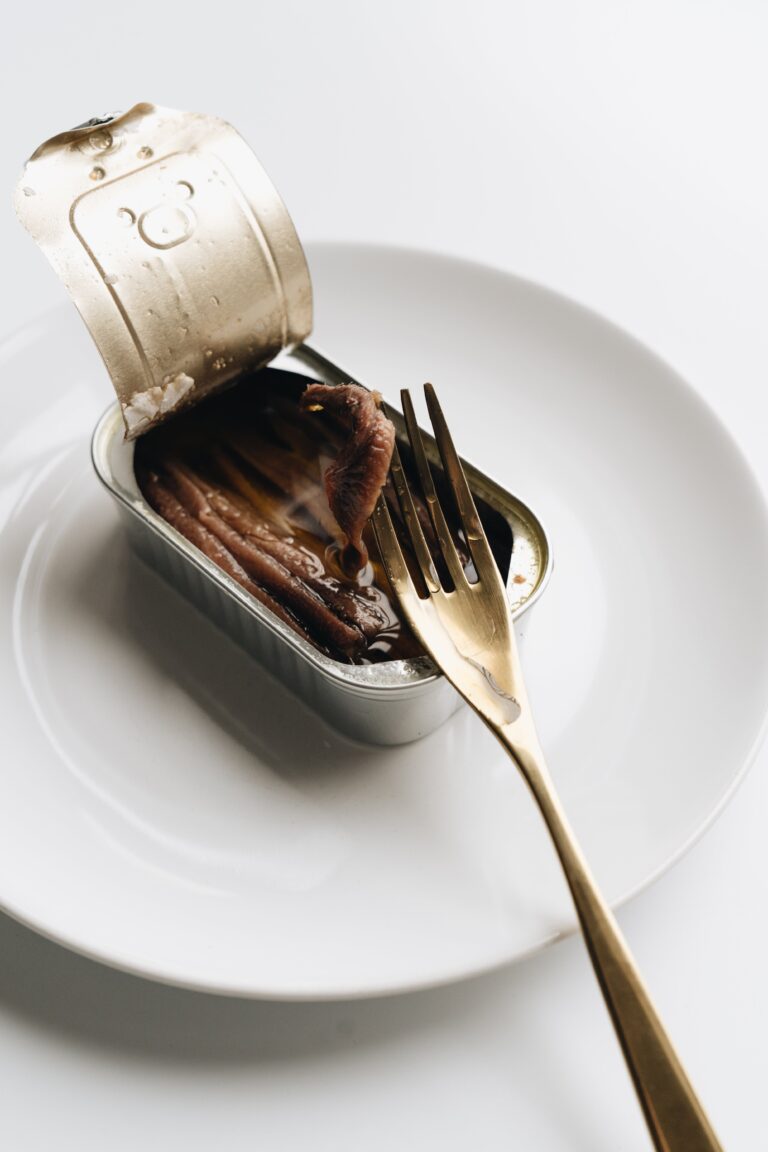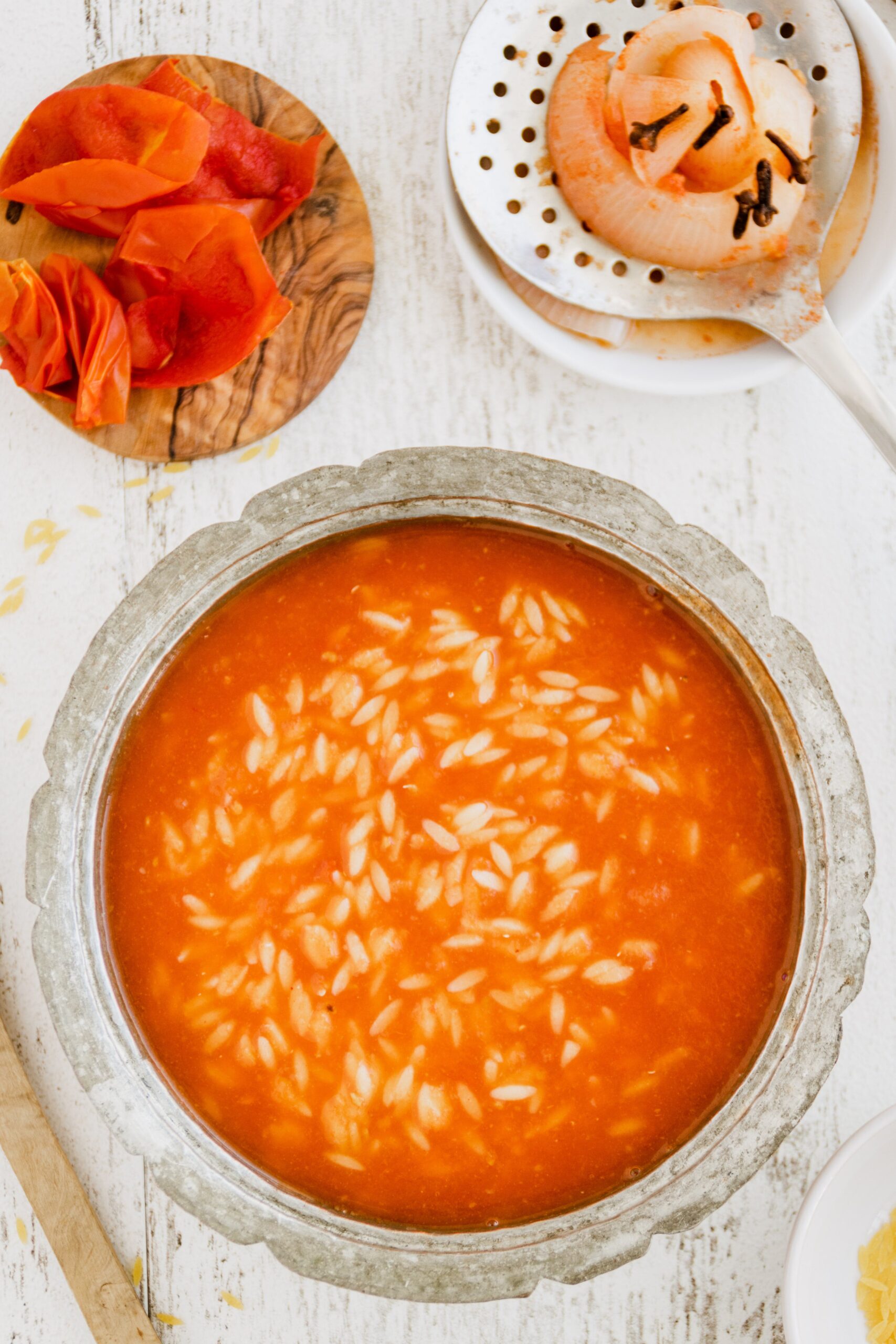
Orzo pasta, a small, rice-shaped pasta made from semolina flour and durum wheat, is a staple in many pasta dishes, soups, and salads. Its slightly chewy texture and versatile shape make it a favorite in kitchens worldwide, especially in Mediterranean and Middle Eastern cuisine. However, if you’re looking for gluten-free alternatives, a low-carb substitute, or just something different, there are plenty of options.
What is Orzo
Orzo is a type of pasta that resembles a large grain of rice in shape. It’s made from semolina flour, which is derived from durum wheat, giving it a firm and slightly chewy texture when cooked.
How Is Orzo Commonly Used
Orzo is versatile and commonly used in a variety of dishes, including salads, soups, and as a side dish, often as a substitute for rice. It’s popular in Mediterranean and Middle Eastern cuisines and can be cooked in salted boiling water or using the pilaf method, where it’s browned in oil before being cooked in broth.

What Recipes Include Orzo
Is Orzo Pasta Gluten Free
No, orzo pasta is not gluten-free as it is typically made from semolina flour, which is derived from durum wheat. This wheat contains gluten, making orzo unsuitable for those with gluten sensitivities or celiac disease.
However, there are gluten-free orzo alternatives available made from ingredients like corn flour, rice flour, or other gluten-free grains.
Why May You Wish to Substitute Orzo Pasta
You might wish to substitute orzo pasta for various reasons:
- Gluten Intolerance or Celiac Disease: Since traditional orzo is made from wheat and contains gluten, those with gluten sensitivities or celiac disease need a gluten-free alternative.
- Dietary Preferences: For those following a low-carb or grain-free diet, substitutes like cauliflower rice or quinoa can be used in place of orzo.
- Nutritional Considerations: Some may opt for alternatives like brown rice or quinoa for their higher fiber content and additional nutrients.
- Texture and Flavor Variations: Different substitutes can offer unique textures and flavors, allowing for culinary experimentation and diversification of dishes.
- Allergy Concerns: If someone has a wheat or gluten allergy, they would need a non-wheat-based substitute.
- Availability: In some cases, orzo might not be readily available in local stores, necessitating a substitute.
How to Cook Orzo
Cooking orzo is similar to preparing other types of pasta, and it can be done easily with these steps:
- Boil Water: Start by boiling a large pot of water. Add a generous pinch of salt to the water, as this will season the orzo.
- Measure Orzo: Depending on your recipe or the number of servings, measure the orzo. Typically, one cup of uncooked orzo yields about two cups when cooked.
- Cook the Orzo: Add the orzo to the boiling water. Stir occasionally to prevent it from sticking together.
- Check for Doneness: Orzo usually takes about 8-10 minutes to cook. It should be al dente, meaning it’s cooked through but still has a slightly firm texture. Taste a piece to check for doneness.
- Drain: Once the orzo is cooked, drain it in a colander. You can rinse it with cold water if you’re using it in a cold dish like a salad to stop the cooking process and remove excess starch.
- Serve or Use in Recipes: You can now use the cooked orzo in your desired recipe, whether it’s a warm dish, like a soup or casserole, or a cold salad.
For additional flavor, you can toast the orzo in a bit of butter or oil before boiling, until it’s lightly browned. This step is optional but adds a nutty flavor to the pasta.
Best Substitutes for Orzo: Top 10 Options
Here are the top 10 substitutes for Orzo:
1. Quinoa
Quinoa is a gluten-free alternative that fits perfectly in most recipes calling for orzo. It has a similar small grain size and slightly chewy texture, with the added benefit of being a protein-rich seed.
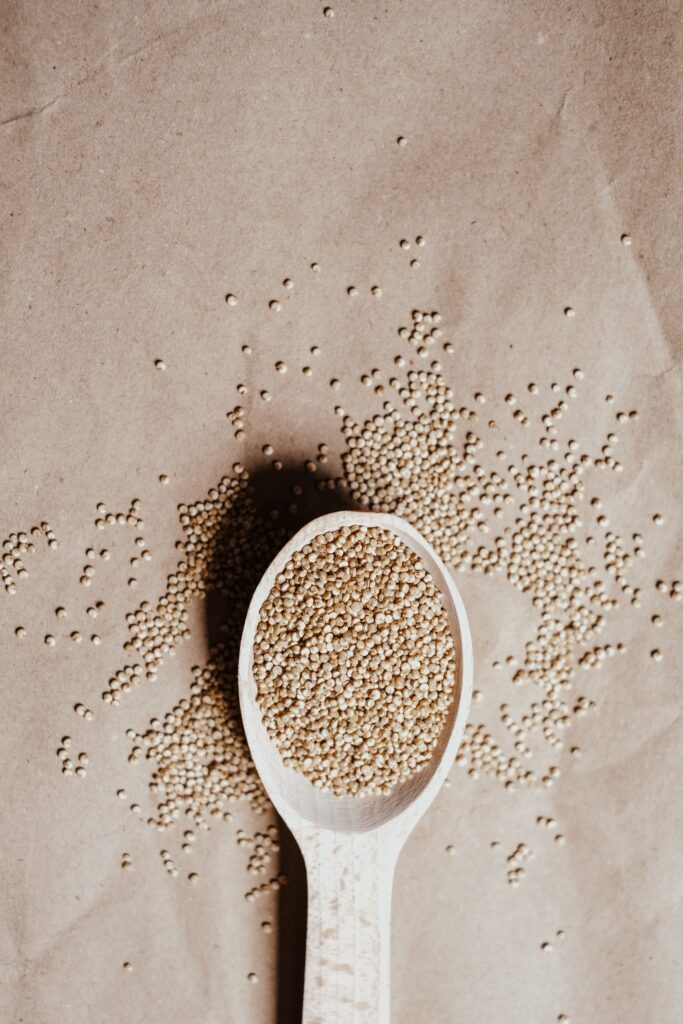
2. Cauliflower Rice
For a low carb and gluten-free substitute, cauliflower rice is an excellent choice. It mimics the shape and texture of orzo and is ideal for those watching their carbohydrate intake.
3. Arborio Rice
Commonly used in risottos, Arborio rice offers a chewy texture akin to orzo. It’s an excellent substitute in soups and salads, absorbing flavors beautifully.
4. Brown Rice
A whole-grain, gluten-free alternative that brings a nutty flavor and chewy texture to dishes. Brown rice can be used in place of orzo in most recipes.
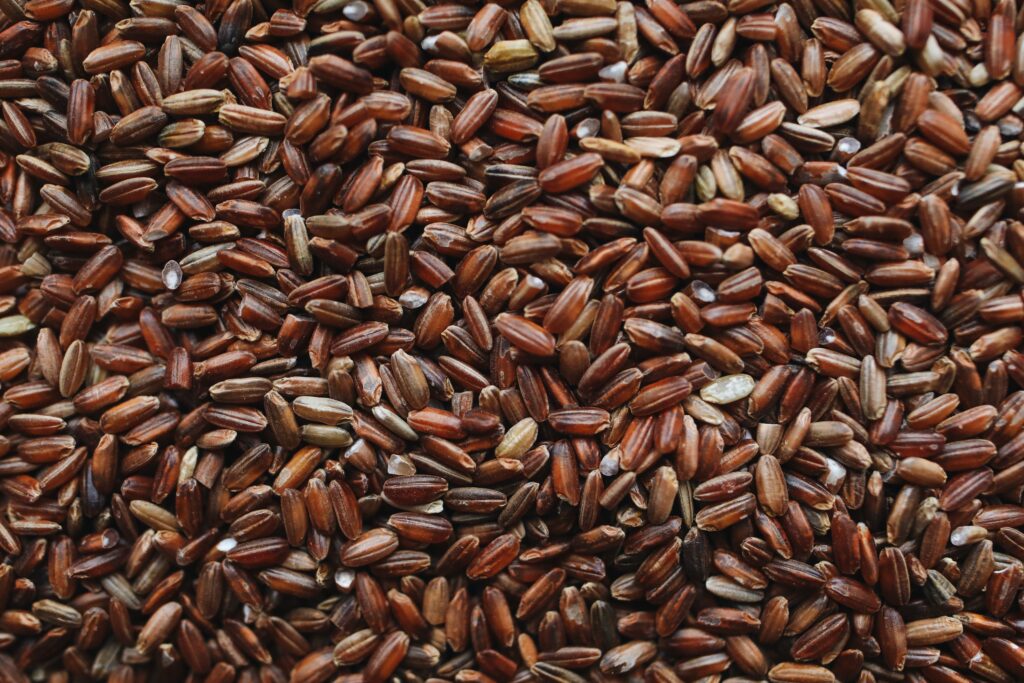
5. Pearl Barley
With its chewy texture and grain shape, pearl barley is a great substitute for orzo in soups and salads. However, it contains gluten, so it’s not suitable for gluten-free diets.
6. Wild Rice
Wild rice, known for its nutty flavor and slightly chewy texture, is a fantastic gluten-free substitute for orzo. It adds a unique color and flavor to any dish.
7. Ditalini Pasta
A small, tube-shaped pasta, ditalini is a great alternative to orzo in pasta salads and soups. It’s similar in size but offers a different texture.
8. Broken Spaghetti
Simply break spaghetti into small pieces to mimic orzo’s shape. This substitute works well in pasta dishes and is an easy solution when you have spaghetti on hand.
9. Couscous
Couscous, although technically a small pasta, is often used as a grain. Its size is similar to orzo, making it a suitable substitute in salads and side dishes.
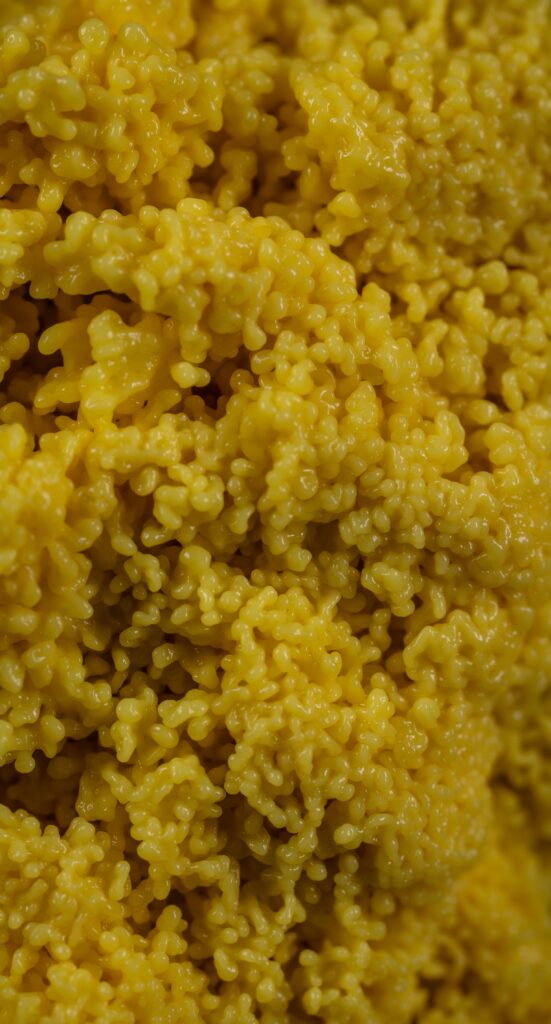
10. Israeli Couscous
Also known as pearl couscous, it’s larger than traditional couscous and offers a slightly chewy texture. It’s an excellent orzo substitute in various recipes.
Tips When Using Orzo Substitutes
When using substitutes for orzo, here are some tips to ensure your dish turns out well:
- Adjust Cooking Times: Different substitutes have varying cooking times. For instance, grains like quinoa and rice take longer to cook than orzo. Always check package instructions or recipes for specific cooking times.
- Consider Texture and Flavor: Substitutes like cauliflower rice, quinoa, or couscous have distinct textures and flavors. Choose one that complements the other ingredients in your dish.
- Rinse Certain Grains: Some grains, like quinoa, should be rinsed before cooking to remove any bitterness. This step isn’t necessary for pasta substitutes like ditalini.
- Pre-Cooking Treatment: If using rice or grain substitutes, you can toast them lightly in a bit of oil before adding water or broth. This enhances their nutty flavor, similar to orzo.
- Liquid Ratios: Pay attention to the amount of liquid needed. Grains typically require more water or broth compared to orzo. Adjust the liquid quantities accordingly.
- Season Well: Substitutes might need additional seasoning to match orzo’s flavor profile. Taste and adjust seasonings as you cook.
- Gluten-Free Alternatives: If using gluten-free substitutes, be aware that they may have a different texture and may not hold up as well in soups or stews compared to orzo.
- Size Matters: Choose substitutes that are similar in size to orzo, like couscous or broken spaghetti, for a consistent feel in dishes like salads and soups.
- Observe the Dish Type: Some substitutes work better in certain types of dishes. For instance, cauliflower rice is great in salads but might not work as well in a more liquid-based dish like soup.
- Experiment and Adjust: Don’t hesitate to experiment with different substitutes and adjust your recipe as needed. Each substitute can bring a unique twist to your dish.
Other Helpful Substitution Guides
- Substitutes for Red Pepper Flakes
- Substitutes for Dill
- Substitutes for Amaretto
- Substitutes for Anchovys
- Substitutes for Cannellini Beans
- Substitutes for Shallots
- Substitutes for Black Beans
- Substitutes for Poblano Peppers
- Substitutes for Chia Seeds
Final Thoughts
Experiment with these substitutes to find your favourite alternative for orzo in your recipes. Whether you’re looking for a gluten-free option, a low-carb solution, or just a different texture and flavour, there’s a substitute that will fit your needs and elevate your dish’s recipe rating!

Christopher is a food and lifestyle expert, recipe developer and the content creator behind May Eighty Five. With years of experience in the kitchen, he also shares tips, tricks and how to’s that he has learnt over the years. Every week, he shares quick, simple and mostly healthy recipes along with some home and entertaining tips. You will find flavorful cocktails, delicious appetizers, tasty mains and some indulgent desserts. As a home decor enthusiast, he also likes to share simple DIY projects and simple tips for a beautiful home.


